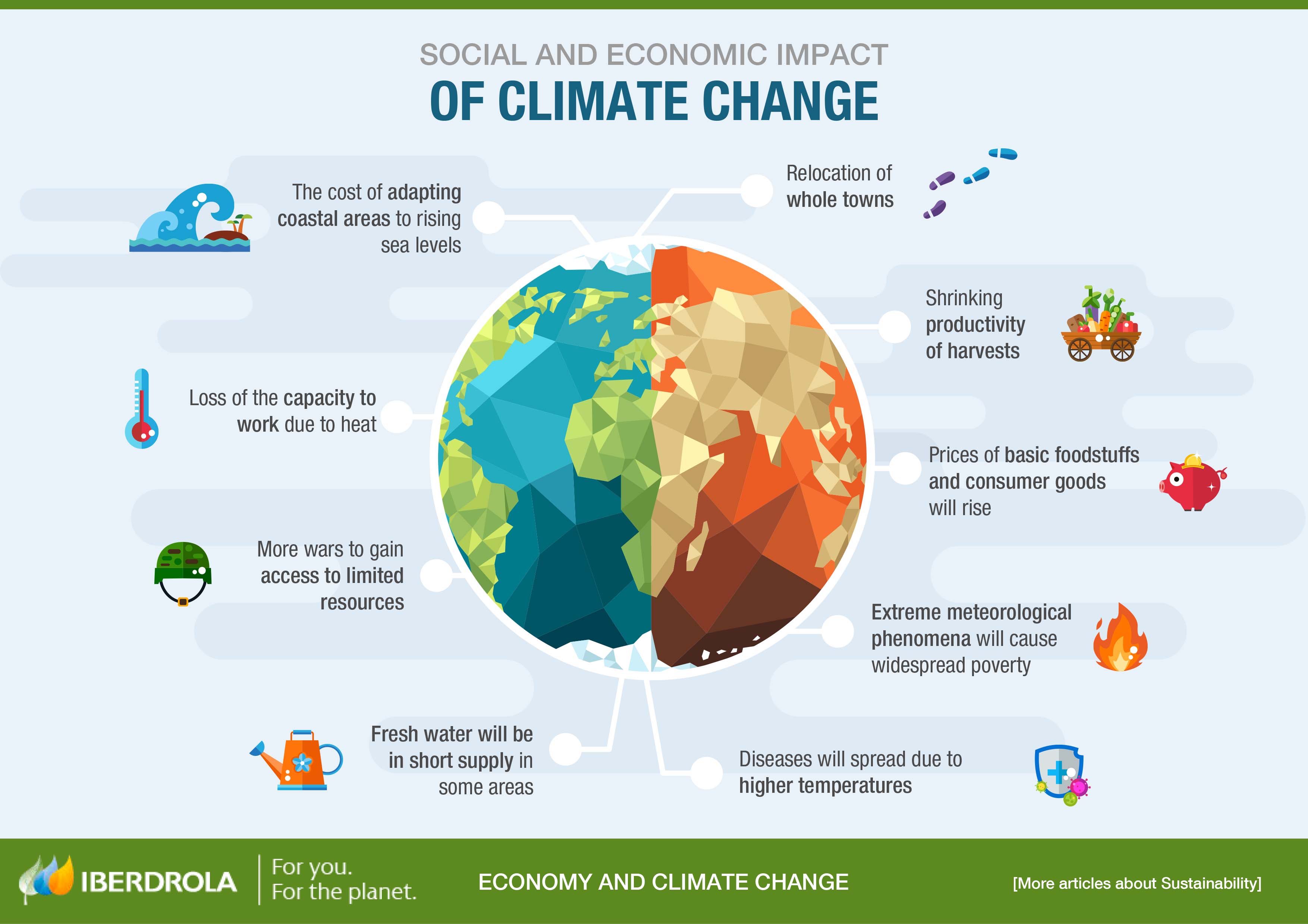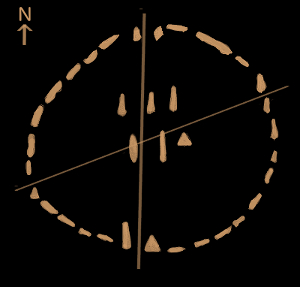The likelihood of life outside of our planet is a heavily debated topic. Overall, it seems reasonable to assume that with all of the unexplored universe around us, and the conditions required to sustain life that are not all that hard to find, there should be plenty examples of life elsewhere. Despite this, and the overwhelming belief that we should be finding life, we are not. There is no evidence of any life, whether intelligent or not, outside of our planet. One explanation of this is the Fermi Paradox. It attempts to answer the question: where are the aliens? The Fermi Paradox proposes four arguments to explain the reason that we have not observed extraterrestrial life. 1: Aliens have not come to Earth due to the difficulty of space travel, whether it be from biological, astronomical or engineering difficulties. 2: Aliens simply have chosen never to come to Earth. 3: Advanced civilizations of aliens have arisen too recently for them to have been able to reach us yet. 4: Aliens have visited Earth in the past but for whatever reason, we did not observe them. This paradox does do a good job of attempting to answer a very perplexing question. That being said, most of these answers are quite unsettling as well. Personally, I think it would be very strange if aliens have been observing us, or have even come to our planet, and we have had no idea. I wonder which of these explanations, if any, are correct: let me know what you think is the most likely option!
Microscopic but Adorable!
One of the biggest indicators that there is other life in the universe we can see by looking at our own world. All around us, in some of the most unexpected places, we can find thriving extremophiles. These tiny creatures live under conditions that no other living beings on Earth could. Despite their seemingly odd love of intense environments, these organisms are quite fascinating. Here is one of the coolest! Tardigrades are polyextremophiles. This means that they can thrive under multiple harsh conditions. They are able to withstand temperatures from -328 degrees F all the way up to 304 degrees F. Additionally, they can live without water and oxygen, in “boiling alcohol,” and under a thousand times the radiation humans can withstand. In order to live under such severe conditions, these creatures had to learn to adapt. One method of survival is going into cryptobiosis. This is a state in which bodily functions will shut down and the tardigrade will shrink, being called a “tun,” until conditions become a bit more habitable. In addition to being able to survive such extreme environments, these creatures win the award for cutest extremophile. Even though they are only a millimeter long, these little guys are fairly adorable. They are even nicknamed “water bear!”
Shine Bright like a Diamond ~Planet~
That’s right, there exists a planet that appears to be one giant diamond. 55 Cancri e was discovered in 2004, orbiting a nearby star in our galaxy. This star is actually visible to the naked eye in the night sky and is a part of the constellation Cancer. Based on its mass, radius, and host star’s composition, it is now believed that this star is made up of mainly carbon (along with iron, silicon carbine, and potentially silicates). This carbon is in the form of diamond and graphite, making at least one third of the planet’s mass pure diamond. This is the first “diamond planet” to be found around a sun-like star, making it a very interesting discovery. This type of planet is extremely different from Earth, which has an oxygen rich interior and very little carbon. 55 Cancri e is a super-Earth, meaning it is twice as wide but with a mass eight times greater. It also orbits its host star in just 18 hours, as opposed to Earth’s 365 days. The reason for this speedy orbit is its close proximity to its star, making the planet so hot it would not be able to sustain life. Unfortunately, we will likely not be living on a huge diamond any time soon. Personally, I think that would have been very cool, though it would have likely made diamonds worth effectively nothing. Regardless, the next time you see a massive celebrity engagement ring, just know that it’s nothing compared to 55 Cancri e. If they were really cool, they’d find a way to buy a whole diamond planet.
A Dwarf Planet is Still Cool!
On August 24, 2006, the International Astronomical Union changed Pluto’s status from planet to dwarf planet. This caused an outrage amongst the public. Memes were created and shared expressing Pluto’s sadness at its “demotion” from planetary status. Textbooks had to be changed and the general public was oddly passionate over an object in space’s official title. Nevertheless, people were unhappy and felt as though Pluto was being treated unfairly. While I understand feeling emotionally attached to a floating object in space billions of miles away from us, it is important to understand why this change was made. Firstly, when Pluto was discovered and classified as a planet, it was considered to be odd. It has a much more eccentric orbit than any of the other planets. In the following years, more and more Kuiper Belt objects were discovered, and the question had to be asked: where was the cut off going to be for classifying a world as a planet? The IAU then created an executive committee to meet and officially define “planet.” Eventually, they voted and decided that there would be three categories of worlds in the solar system, two of which being planets and dwarf planets. From then on, Pluto and all similar Kuiper Belt worlds would be considered dwarf planets. Technically, Pluto and its neighbors are considered dwarf planets because they only meet two of the three criteria of being a full-sized planet. It is in orbit around the sun and has enough mass to have a nearly round shape, but it is not massive enough to “clear its neighborhood.” This means that it does not have enough gravitational force to have no other worlds of comparable size in its vicinity in space. It is for this reason that Pluto is officially considered a dwarf planet. Despite your personal beliefs, I think Pluto is quite happy with its dwarf planet status, as it is still a very intriguing world with much left to be discovered.
Space Hotel! Who’s in?!

Recently, reports of a space hotel have been ~orbitting~ social media. In early March, Orbital Assembly Corporation (OAC) released plans for the first luxury hotel in space, called the Voyager Station. The OAC, comprised of NASAN veterans, is a space construction company which claims it will begin construction on this hotel in 2026. According to CNN Travel, they expect to have the hotel functional and open to the public just one year later. This futuristic hotel is already taking reservations, at a whopping 5 million dollars for just a three day stay. Due to the fact that it will take a space shuttle to reach the hotel, tourists will need to undergo some basic training. It will be Elon Musks SpaceX shuttles that are used for this transportation, but some of the wildest aspects of this hotel come from the experiences that will take place there. The hotel will spin in order to create centrifugal force to stimulate gravity, about to the same levels as the moon. Since there will be more weightlessness in the hotel than on earth, the Voyager Station will have recreational activities that use this low gravity to their advantage. For example, there will be basketball games in which players will be able to jump up to six times as high as on earth. Personally, I think this would be a blast. In order to pay tribute to its space location, the hotel will offer foods that are traditionally eaten there, such as freeze-dried ice cream. Obviously, it is an outrageously expensive trip, but if money were not a factor, let me know if you think you would go to the Voyager Station! Maybe in the future this kind of travel will not be so exclusive. This could be the first step toward widespread space travel, who knows!
Climate Change – Act Now!

Climate change has already had many significant impacts on our world. Ice is melting globally, with glaciers shrinking and ice caps being broken up, causing rising sea levels. This alone is devastating for plants and animals. In case anyone would like to cry, here is a video of a starving polar bear on what is now iceless land. There is no doubt that climate change, specifically global warming, is already causing irreparable damage, yet unfortunately, it seems that the long-term effects are not discussed nearly enough. For example, there will be significant changes in precipitation patterns over the next few decades. Where some areas in the United States may begin to get more rainfall, many others will get much less. In the Southwest specifically, more droughts and heat waves are to become more intense, as rising temperatures and reduced soil moisture will inhibit agriculture. In the Northwest, rising sea level and acidity will lead to more wildfires and insect outbreaks, killing off trees on a large scale. This, obviously, can only make the issue at hand worse, since trees are vital to the slowing of climate change. Even though there has not been a uniform temperature rise so far, due to the varying climate in our country, it is clear that it is happening. Here is a great link to give you an idea of ways you can help begin to make a difference, because each and every person really does matter! Like Dr. G says, melt hearts, not ice caps. ❤
Nabta Playa
Nabta Playa is the world’s first astronomical site, having been built at an estimated 7000 years ago. For reference, this was when the Neolithic Revolution was occurring, and agriculture was first being practiced. In order to assist with this, the Nabta Playa stone circle was built, about 700 miles south of the Great Pyramid of Giza in what is today Egypt. During this time, civilizations were moving through a much wetter Sahara. One civilization in particular, known now for domesticating and sacrificing cattle, built this astronomical site atop and radiating out from a burial mound of cows. This location, at one point in time, was an oasis in the desert and would fill with water during certain seasons. Different nomadic groups would stop there before moving on to the next. For the first time, the civilization that worshiped cattle stayed in one place for a longer time and began to farm the land. Because of this, they built the Nabta Playa stone circle to be aligned with the sun and stars, which served two purposes.
Firstly, it tracked the summer solstice, which would mark the arrival of monsoon season. This allowed for them to know when to plant and when to harvest crops. Additionally, it assisted with celestial navigation. During monsoon season, the land surrounding the stones would be fully covered with water. This allowed for the stars to reflect onto this seasonal lake and align with the circle, making navigation much easier than tracking the sky. Although there are many examples of massive stone circles around the world, Nabta Playa is the first. Up until a few decades ago it was buried in sand, so unfortunately it is less well known than many of the famous archaeoastrological sites. Despite this, it is incredible to think that it was built for the first examples of agriculture and that people were making the connections between the sky and the earth so many thousands of years ago.

Historical Astronomers in Context
Nicholas Copernicus:
Nicholas Copernicus was born February 19, 1473 and lived until May 24, 1543. Within his lifetime, he great contributions to astronomy that inspired many following astronomers, including Galileo, Kepler, and Newton, to test and prove some of the most fundamental aspects of our solar system. Although it was not accepted at the time, Copernicus first proposed the heliocentric representation of the solar system (he believed this applied to all of the universe, since they had no idea how big that really was). Despite the currently held belief that the Earth was the center with everything revolving around it, Copernicus took a jump to claim it was instead the Sun that we orbited. He also proposed that the earth spins on its axis daily, gradually wobbles on its axis, and orbits the Sun in one year. These discoveries proved to be integral to other astronomers learning even further how our solar system works.
Historical Events:
In 1492, Christopher Columbus finds land in what he believes to be East Asia. He had attempted to find a way to reach Asia by boat in search of gold and spices, but instead he landed in the Caribbean and claimed the land for Spain.
In 1503, Leonardo Da Vinci paints the Mona Lisa, which will go on to become one of the most widely recognized and critically acclaimed paintings of all time. Even 500 years later, the painting is priceless, with people traveling from all over the world to see it.
Historical Figure:
Martin Luther was born on November 10, 1483 and lived until February 18, 1546. He singlehandedly began the Protestant Reformation with the nailing of his 95 Theses to a chapel door. Questioning the basis of Catholicism, he and his followers split from the Catholic Church and began a new line of Christianity, Protestant, with hopes of reforming from within.
Reflection:
I found it very interesting to look not just at the lives of some famous astronomers, but the historical context as well. Although I knew about all of the events and people I read about, I had never before connected the dots that all of these things were happening at the same time. When Copernicus was proposing the heliocentric model of the universe, Columbus was discovering the Americas, da Vinci was painting the Mona Lisa, and Martin Luther was beginning the Protest Revolution. Piecing together that all of these pivotal events were happening at once puts into perspective just how long ago Copernicus made his discovery. The fact that he was able to make the observations and predictions that he did, when the Americas had yet to be colonized and Catholicism was the only form of Christianity, just shows how forward thinking and ahead of his time he was. Learning about astronomy in context really reveals how impressive these astronomical discoveries were.
Size of the Universe
In our day to day lives, we feel significant. The trivial highs and lows we experience daily feel important and quite relevant. But in the grand scheme of things, how truly inconsequential are we, not only as individuals but our whole planet. In order to understand this, we must try to grasp how vast our universe is. Also with that understanding, we can see how unlikely it is that we are the only planet with life.
For starters, Earth is 3.5 million times larger than a human. That alone can make us seem insignificant. Beyond that, Earth makes up only a tiny fraction of the entire Solar System, which 36 BILLION times bigger than our planet. As one human, we are less than a quintillionth of the entire Solar System. This alone is an almost inconceivable number. Here is a quick video to help put into comparison how many one quintillion is in terms of pennies. We each represent less than one penny.
Beyond our Solar System, things keep getting bigger. The Milky Way consists of 200-400 billion stars, the Sun being just one of them. If the Sun were smaller than a grain of sand, the whole Solar System would fit into the palm of your hand, yet the Milky Way would take up the entirety of North America. The farther out we look, the smaller and smaller we begin to feel. Here’s a cool video from Nasa showing just how small we are in comparison to our entire galaxy.
The Milky way represents just one of hundreds of billions of galaxies in the observable universe. Numbers like these make it nearly impossible to believe that we are the only planet special enough to have life. Although we feel, and are, important, in the bigger picture, our small lives are such a miniscule piece of the entirety of the universe. I find it hard to believe that no other plants in the vast number that exist is able to sustain life. I am interested to hear what others think, both about our significance in the universe and the likelihood of other life. Please leave a comment below letting me know your thoughts on the subject!

Introduction

Hello! My name is Adison Fields and welcome to my astronomy blog! I am a sophomore at Vanderbilt and am majoring in math. I had Dr. G for the astronomy 1010 lab last semester and thought it was so cool, so I am really looking forward to this class as well! Here is a link to some cute puppies. ❤




You must be logged in to post a comment.